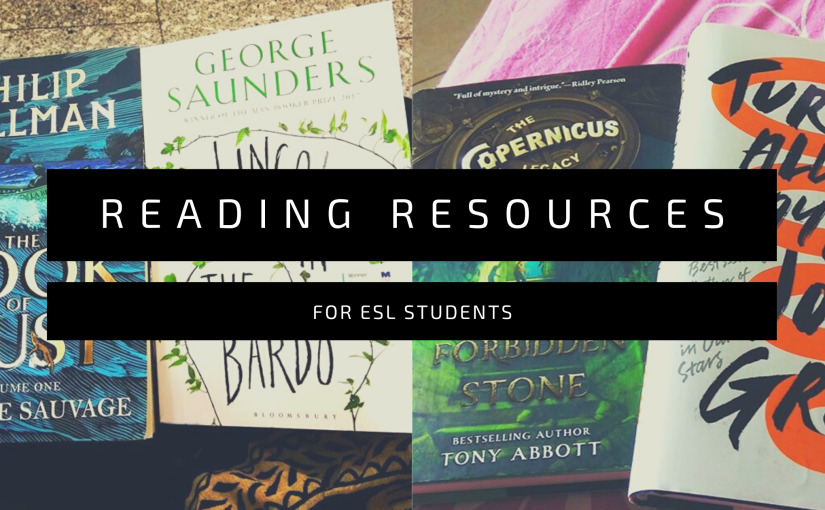This year I’m experimenting a little with the blog, and writing about poems is something I want to try. This is not a poem I have spent months dwelling over, reciting and loving. It is a poem I stumbled across the other week, on Poem Hunter, during one of my usual guilty-pleasure John-Donne-reading-sessions.
Postcard by Margaret Atwood:
I’m thinking about you. What else can I say?
The palm trees on the reverse
are a delusion; so is the pink sand.
What we have are the usual
fractured coke bottles and the smell
of backed-up drains, too sweet,
like a mango on the verge
of rot, which we have also.
The air clear sweat, mosquitoes
& their tracks; birds, blue & elusive.
Time comes in waves here, a sickness, one
day after the other rolling on;
I move up, it’s called
awake, then down into the uneasy
nights but never
forward. The roosters crow
for hours before dawn, and a prodded
child howls & howls
on the pocked road to school.
In the hold with the baggage
there are two prisoners,
their heads shaved by bayonets, & ten crates
of queasy chicks. Each spring
there’s race of cripples, from the store
to the church. This is the sort of junk
I carry with me; and a clipping
about democracy from the local paper.
Outside the window
they’re building the damn hotel,
nail by nail, someone’s
crumbling dream. A universe that includes you
can’t be all bad, but
does it? At this distance
you’re a mirage, a glossy image
fixed in the posture
of the last time I saw you.
Turn you over, there’s the place
for the address. Wish you were
here. Love comes
in waves like the ocean, a sickness which goes on
& on, a hollow cave
in the head, filling & pounding, a kicked ear.
First, allow me a moment to appreciate just how post-card-ly the writing is. Crisp, somewhat direct lines and abrupt pacing, the punctuation: look at all the &s, a fitting effect. The poem has this wistful tone I cannot get over. “What else can I say?” I am no expert, but this is how planned letters all sound, don’t they? Especially those you write to people who know you the best. You sit down to write and don’t know where to start, how to end, and feel a general loss for words that you fill up with routine descriptions till you get into the rhythm of it – and by the time you’ve finally dug deep enough into the meaning-well, the postcard ends. And short letters are like that, they don’t seem to say much at all to anyone except who they’re meant for. The poem leaves so much unsaid, so many blanks to fill.
You know how a postcard hardly ever looks anything like the real place? The palm trees and the pink sand are a rosy delusion. The first lines of the poem remind me of something from, excuse the ill-timed reference, How I Met Your Mother, about how Lily insists on taking these fake “happy” pictures where their dazzling smiles conveniently hide all evidence of the disasters that led up to the photos. The poet is thinking of a lover she’s distanced from, both physically and emotionally, and what comes to her in that moment is her rosiest happy post-card memory of him. She draws the comparison herself then and tries to wash it away, brings herself to face the fact that it’s only a delusion, eventually gives up and talks about the humdrum of her routine.
She’s on vacation at a beach, in one of those ‘poor-country’ settings that had I been a little better at geography, I would have been able to name: the heat, the mosquitoes, the pocked roads, that local newspaper, a howling child and rooster and a hotel being built right beside – you get the picture. An extended vacation, it looks like, because she speaks of seasons and as a seasoned resident not a traveller, or maybe it’s a permanent temporary-move till she’s ready to go back, if ever. She calls the hotel someone’s crumbling dream, then remembers her own crumbling wish. Her old relationship seems to her a flimsy facade, like the hotel, that she knows will run out of business as they do in those parts even as it is being built, a failure even if it is physically there. A part of her wonders, “a universe that includes you can’t be all bad”, what could matter as long as she gets to be with him. And she finds the answer right there in the postcard – one that she might be about to send him, there’s the place for the address, but should she? When all she has of him is what she is about to send him – a botched slice of the truth. The postcard will reveal nothing of what she feels, just as her memory shows her only a skewed agreeable “glossy” image of him.
She concludes with how it still hurts, time comes in waves and she floats on it, not moving ahead, not ready to go back to the past either. And love comes in waves too, she is caught up in them. This is the second time she mentions the rolling waves on her beach, in the middle of nowhere. And so the poem ends hauntingly with images of water, filling and pounding inside her, of drowning. It begs the question, is this her final note?
This was fun for me, a mind-exercise I would love to repeat on the blog. I would also love to know what you make of the poem, your interpretation, if you see something I’m missing? Not to mention, poem recommendations would be very welcome. Happy reading!
Image courtesy of pandpstock001 at FreeDigitalPhotos.net




You must be logged in to post a comment.